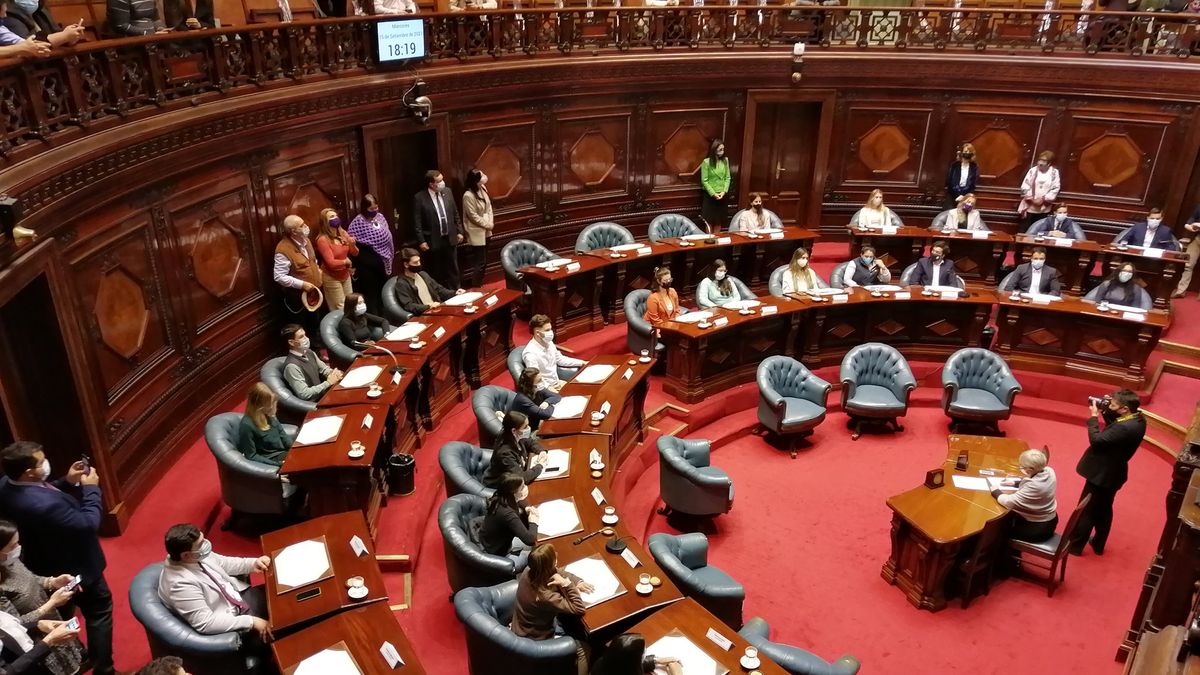Specifically, the AGN issued an opinion on the 2018 fiscal year, it deals with the rendering of public accounts that the Executive Power carries out each year by law. Within this framework, 25 technical reports were prepared. The financial statements had an opinion “with qualifications” and the budget execution an “adverse” decision. According to a document to which this medium had access, “the findings on public debt were fundamental” in said decision.
The first outgoing data is the jump in debt in relation to GDP that, in just one year, jumped from 56.5% to 85.2%. It also grew in relation to the stock of reserves, from 235% to 245% and in relation to exports from 176% to 212%. Meanwhile, the exchange risk deepened (more than 84.1% of the debt was denominated in foreign currency) and the risk of liquidity and renewal: 30% of the issues between 2019 and 2020 and more than 56% between 2021 and 2025.
The report also ensures that the control of the indebtedness limit established by law was carried out in “easily modifiable” Excel spreadsheets. In addition, a temporary excess of indebtedness over the established limit equivalent to $63,448 million was detected and that “the Ministry of Finance did not formally have a debt strategy.”
Main findings of the loan with the IMF
In 2018, Argentina requested a loan in the amount of US$56.5 billion from the IMF for a period of 36 months. That year alone, three disbursements equivalent to US$28,031 million were made. But for the auditors, the credit that was record, both for the country and for the international organization, failed to comply with the regulations.
The arguments put forward in the document to which this outlet had access are multiple, among them the following:
- “Article 61 of Law 24,156 was breached, which establishes that before formalizing external public debt, the Central Bank must issue an opinion.”
- “The requirements regulated by resolution 108/09 were not met, which prevented the feasibility of the operation from being analyzed.”
- “The agreement was not formalized by the Budget Law or by a specific law, which implied the lack of intervention by the President and Congress.”
- “The supporting documentation and the files were generated after the signing of the agreement.”
As of December 31, 2018, the maturities of the Public Administration debt for 2019 reached US$86,448 million, which represented 192.75% of the stock of international reserves. The reports conclude that in 2018 the risk of non-payment of public debt services and economic vulnerability were high, which resulted in the debt becoming “unsustainable”.
Source: Ambito




